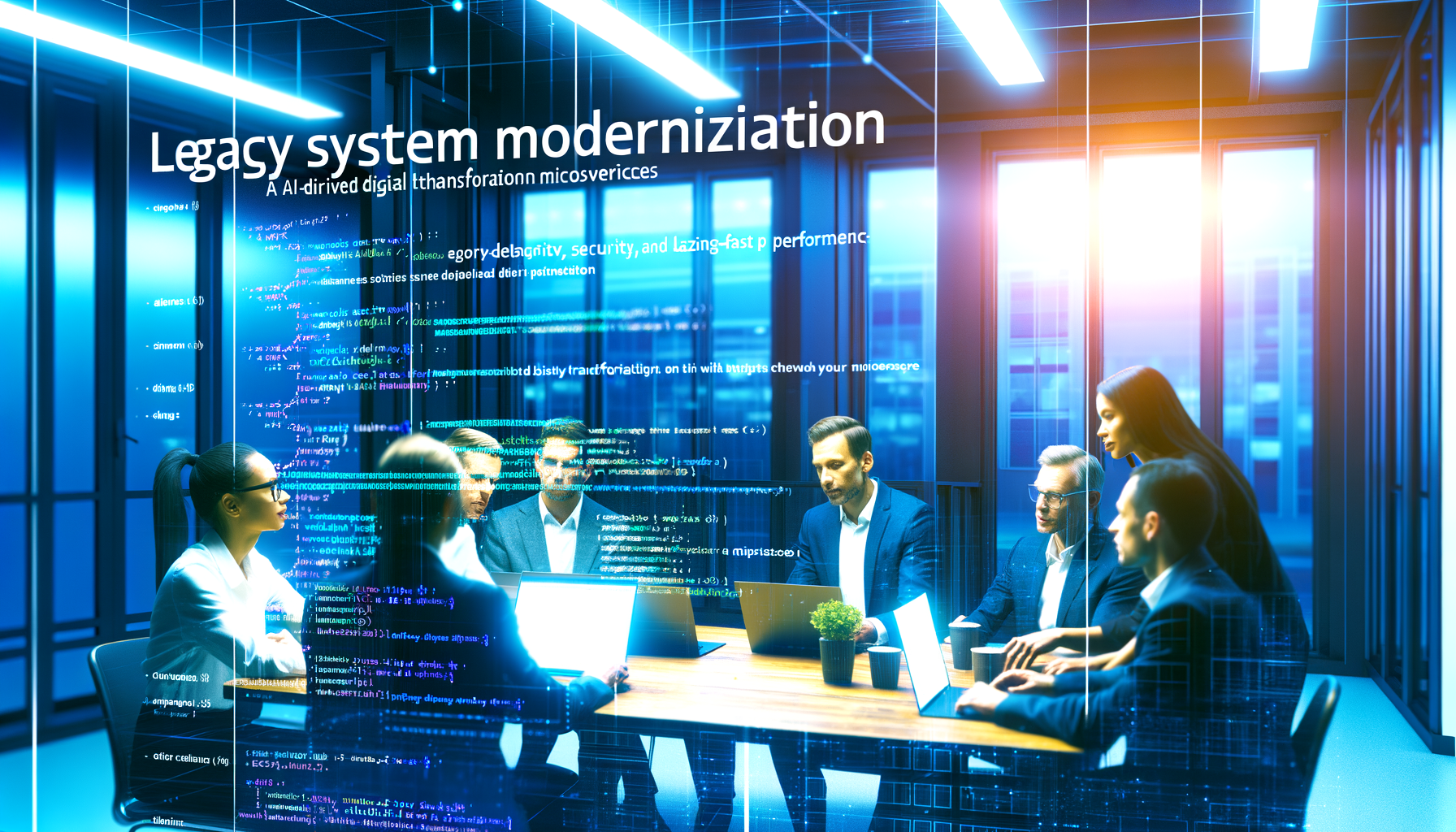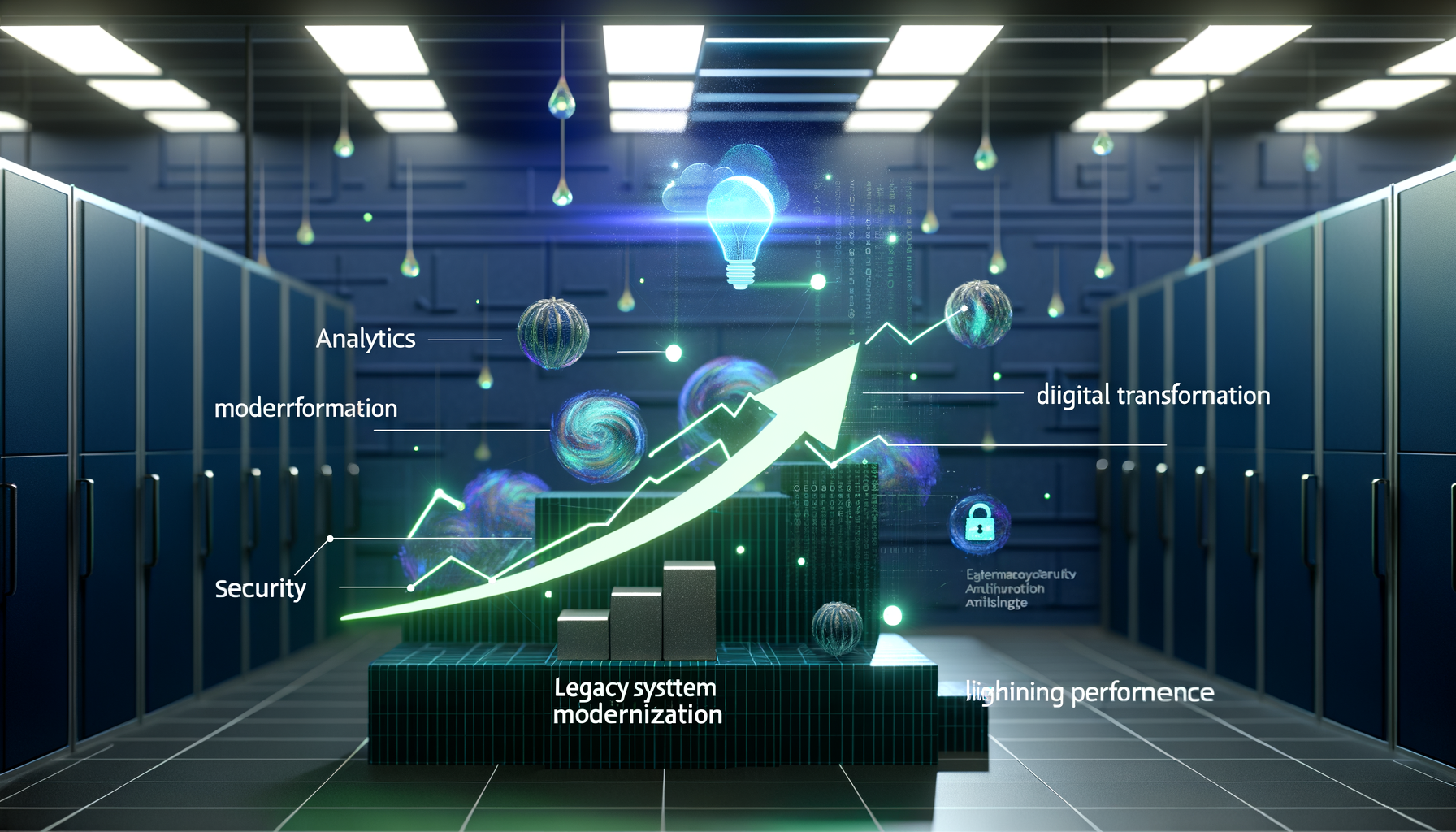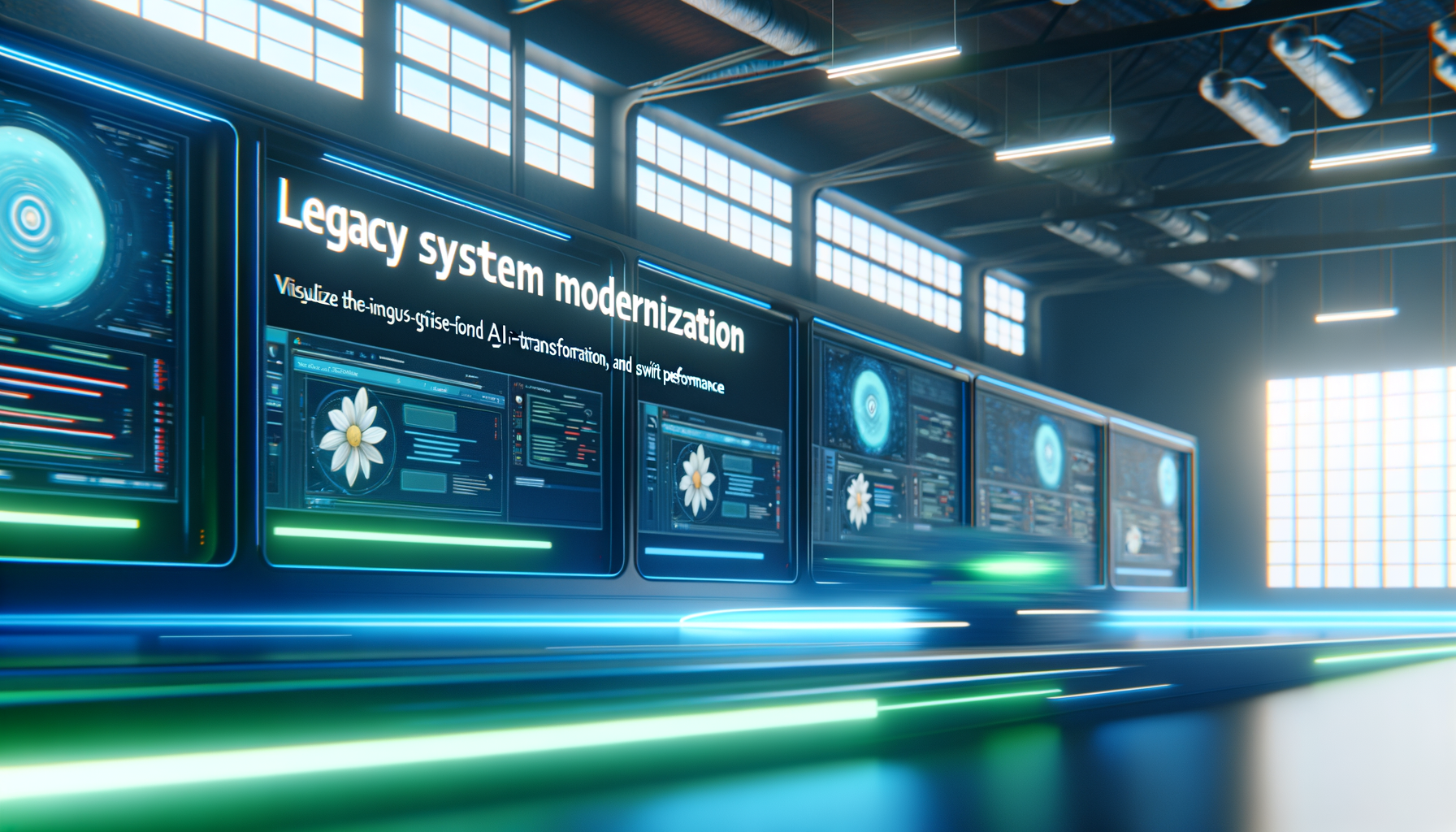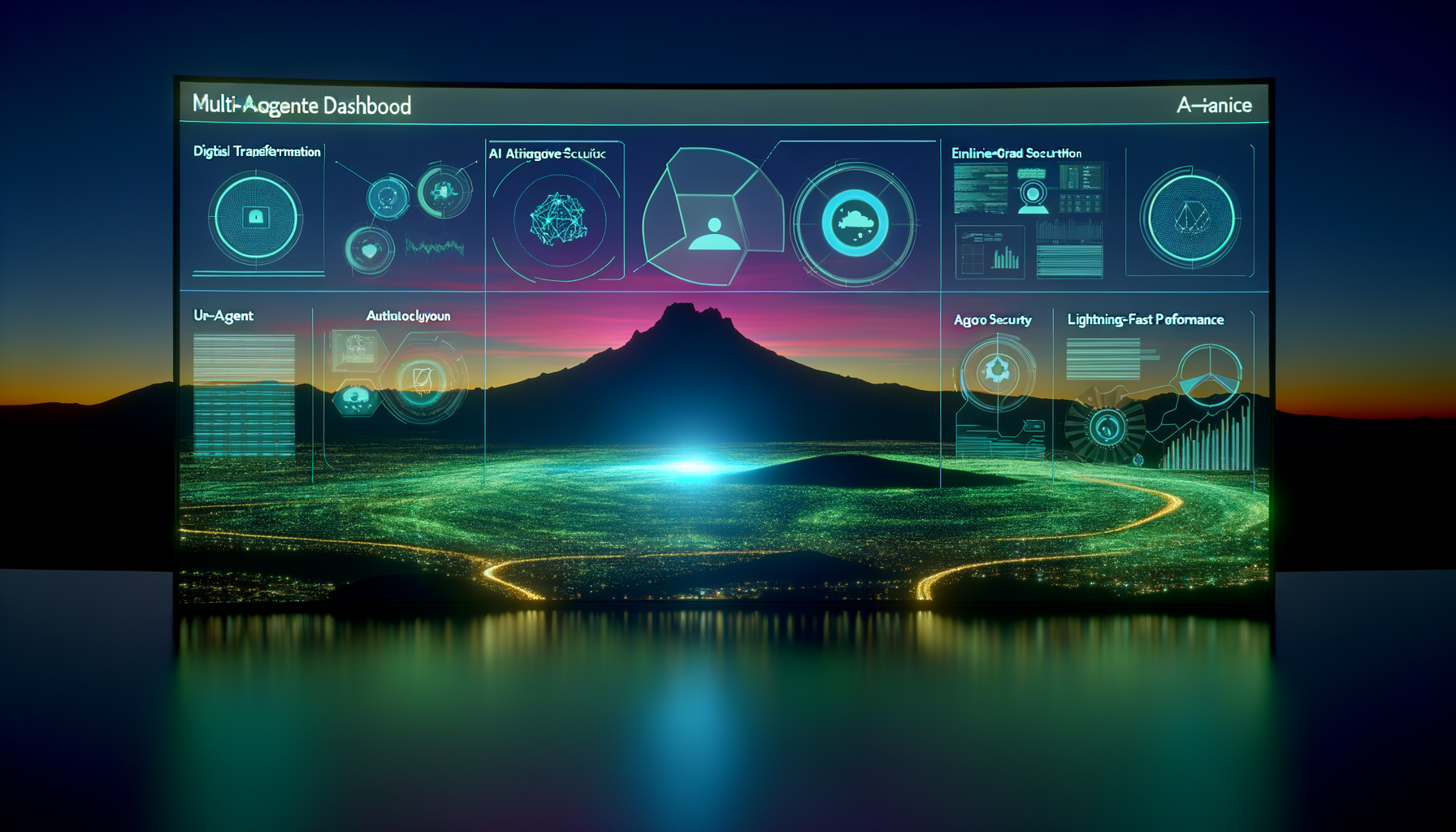Are legacy systems the digital ball and chain holding back your enterprise? Studies show that 60% of businesses face critical challenges with outdated IT infrastructure, leading to lost opportunities and increased operational costs. In this guide, we’ll explore how modernizing these systems can unlock new levels of scalability and security, and why now is the pivotal moment to act.
The Case for Legacy Modernization
Why Now is the Time

Diagram showing legacy to modern system architecture.
In the rapidly evolving tech landscape, legacy systems can become significant bottlenecks, limiting your business’s agility and scalability. With over 90% of businesses adopting cloud solutions, staying competitive often requires a comprehensive modernization strategy.
Legacy application modernization not only addresses technical debt but also enhances system security and supports scalability. For instance, transitioning from monolith to microservices architecture allows businesses to deploy updates more seamlessly, reducing downtime.
Quicklook's expertise in AI integration and custom application development can guide your organization through a smooth transition, ensuring that your systems not only meet current demands but are also future-proof.
LIST
- •Reduced Operational Costs
- •Enhanced Data Security
- •Improved System Scalability
Frameworks for Successful Transition
From Monolith to Microservices

Team collaborating on code review for microservices.
Transitioning from monolithic architectures to microservices can drastically improve your system’s flexibility and scalability. This approach allows individual components to be developed, deployed, and scaled independently.
A well-structured cloud migration strategy involves assessing current infrastructures and determining the best path for integration with cloud-native solutions. Tools such as Kubernetes and Docker can facilitate this transition, ensuring that your applications run efficiently across multiple environments.
At Quicklook, we leverage our multi-agent CRM platform to streamline this process, ensuring a seamless transition without disrupting your business operations.
CALLOUT
Did you know? Over 80% of IT leaders state that microservices improve system responsiveness and team productivity.
AI and Automation in Legacy Overhaul
Accelerate with Intelligence

Graph showing analytics trend improving with AI integration.
Integrating AI and automation into your modernization efforts can significantly cut down on time and costs. AI-driven tools can assist in code refactoring, identifying redundant processes, and optimizing workflows.
Automated testing and deployment pipelines ensure consistent quality and faster time-to-market for updates and new features. This not only enhances the user experience but also aligns with the modern expectation of continuous improvement.
Quicklook’s AI content generation and performance optimization services can further streamline your legacy modernization journey, ensuring your systems operate at peak efficiency.
QUOTE
AI isn’t just a tool; it’s a catalyst for intelligent transformation. - Tech Innovator
The Role of Low-Code Platforms
Empowering Non-Developers

Diagram showing low-code platform interface in use.
Low-code development platforms have democratized the creation of applications, allowing business units to rapidly deploy solutions without deep technical expertise. This agility can be a game-changer in modernizing legacy systems.
These platforms reduce the burden on IT teams, allowing them to focus on more complex tasks, while non-developers can handle simpler solutions. This fosters a culture of innovation across the organization.
Quicklook provides guidance on leveraging low-code platforms effectively, ensuring compliance with enterprise security standards while promoting creativity and speed.
LIST
- •Faster Deployment
- •Enhanced Collaboration
- •Reduced Development Costs
Ensuring Security During Migration
Protecting Enterprise Assets

IT team discussing cloud migration security protocols.
Security is paramount during any migration process. Legacy systems often house sensitive data, and a misstep can lead to vulnerabilities. Therefore, a comprehensive security strategy is essential.
Implementing multi-factor authentication, encryption, and regular security audits can mitigate risks during and after the migration. Adopting a zero-trust model can further enhance security by ensuring no component is trusted by default.
Quicklook’s enterprise security expertise ensures that your migration process is secure, aligning with best practices and compliance requirements to safeguard your business.
CALLOUT
Security first: Ensure your migration process does not compromise data integrity.
Frequently Asked Questions
QWhat are the key benefits of modernizing legacy applications?
QHow can AI and automation accelerate legacy system modernization?
QWhat role do low-code and no-code platforms play in updating legacy systems?
Conclusion
Legacy system modernization is not just a technological upgrade but a strategic move to future-proof your business. By transitioning to modern architectures and integrating AI, you can unlock new opportunities for growth and efficiency.
Future Vision
Embrace change now to outpace competitors and transform challenges into strategic advantages.
Schedule your AI audit with Quicklook.
